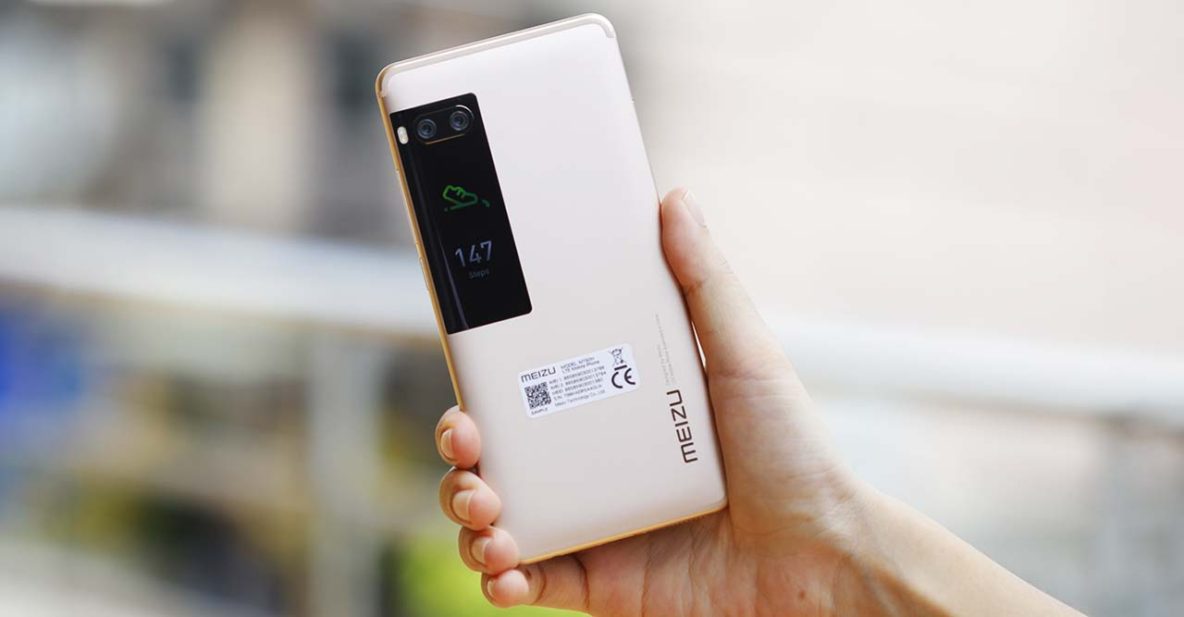The third episode of #RevuLive, aired on August 1, was all about the Meizu Pro 7
By squeezing smaller, rear-facing displays into their bodies, the Meizu Pro 7 (click for its complete specs) and the Meizu Pro 7 Plus (click for its full specs) manage to do what other phones can’t do, or haven’t even considered doing. That’s the biggest talking point here. And though having another screen to contain information isn’t necessarily all that important compared to, say, having a camera system that excels in low light or a display that can’t be shattered, we have to admit, we do like it a lot.
SEE ALSO: Meizu Pro 7 and Pro 7 Plus are your new two-screen flagships
At least on the standard model. Our review of the bigger, faster — and understandably more expensive — Pro 7 Plus will come at a later date, after we get our hands on a production unit. But if you prefer a handset that’s easy to handle and carry, stick around for our Meizu Pro 7 review.
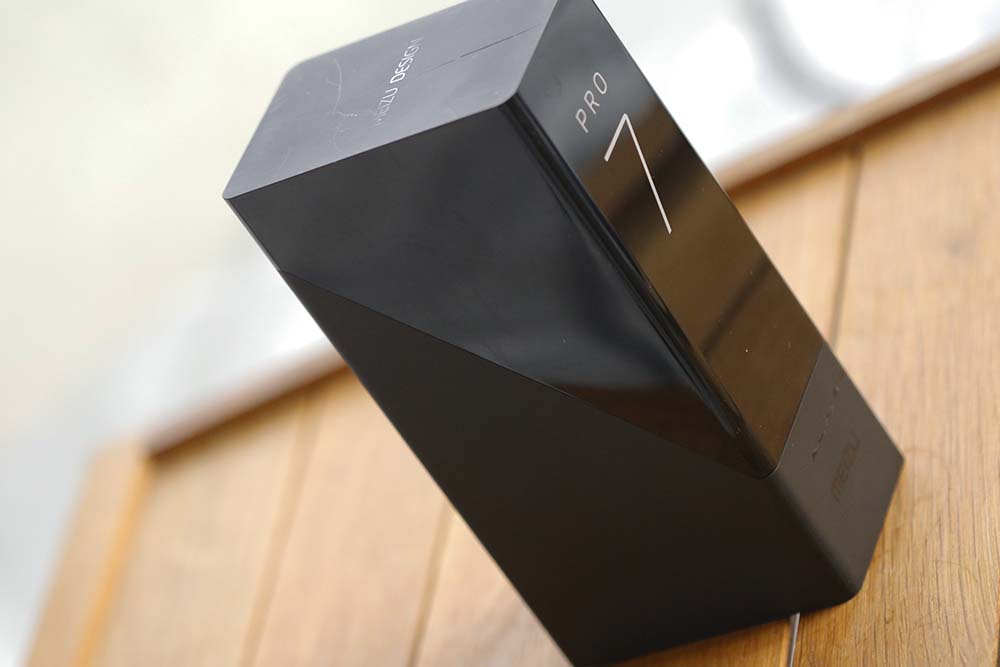
The Meizu Pro 7 comes not just in any ordinary box. It looks like a bookcase. What’s more, the upper part is made of plastic.
Before we get to what makes the Pro 7 phones so intriguing — to be sure, it’s the secondary display round the back — give us a minute to talk about the metal casing that houses it first.
Smooth to the touch, with just the right amount of thickness to lend a solid grip, the Pro 7 feels as good as it looks. Sporting a 5.2-inch screen, it’s about as manageable as Android flagships get these days, too, so working the phone one-handed for extended periods shouldn’t be an issue.
The back of the phone features iPhone-inspired antenna bands, as well as the company branding inked onto the surface in a vertical manner. We can’t remember seeing a similar placement in the past, though it works out in Meizu’s favor.
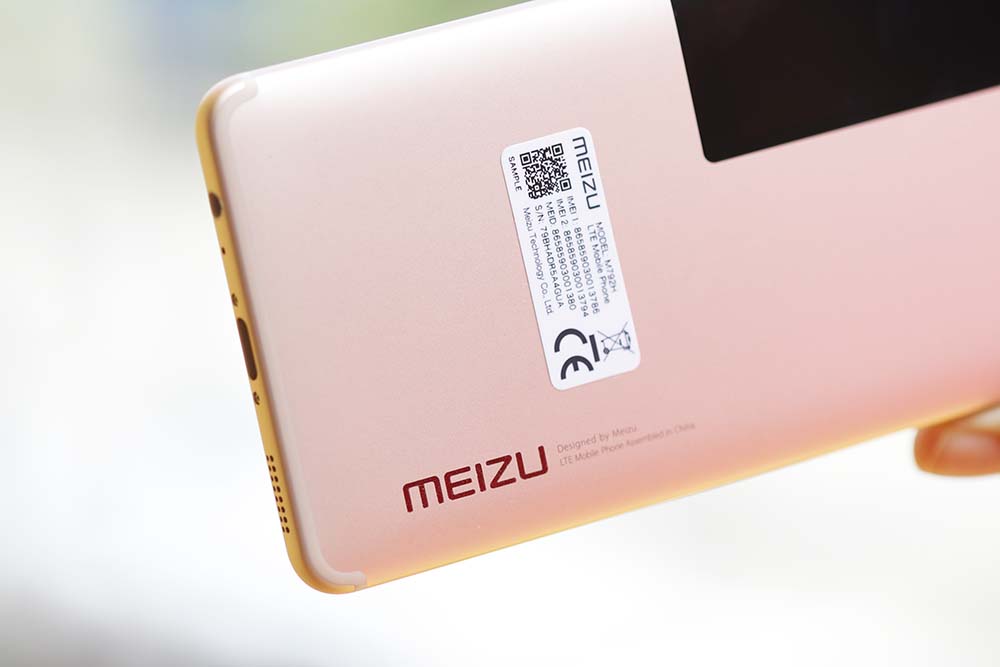
The back of the Meizu Pro 7 features iPhone-inspired antenna bands, as well as the company branding inked onto the surface in a vertical manner.
The face of the phone is covered entirely by a sheet of curved-edge glass that gently slopes down to the chamfered edges. As such, using the touchscreen has a nice feel to it — better than what we’re typically accustomed to.
The bezels on either side are also kept to a minimum, but you get larger ones on the top and bottom of the device. Which is okay, because the sensors, the single-color LED notification light, the earpiece, and the secondary camera all have to go somewhere.
READ ALSO: Well-specced Meizu M6 Note to launch August 23
As typical of what we’ve seen on other Meizu handsets, the home button, sitting flush with the body, is clicky and serves as a fingerprint scanner for unlocking the phone securely and easily. The sensor isn’t always active, though, so you’d have to hit the home button in order to trigger it to detect a fingerprint.
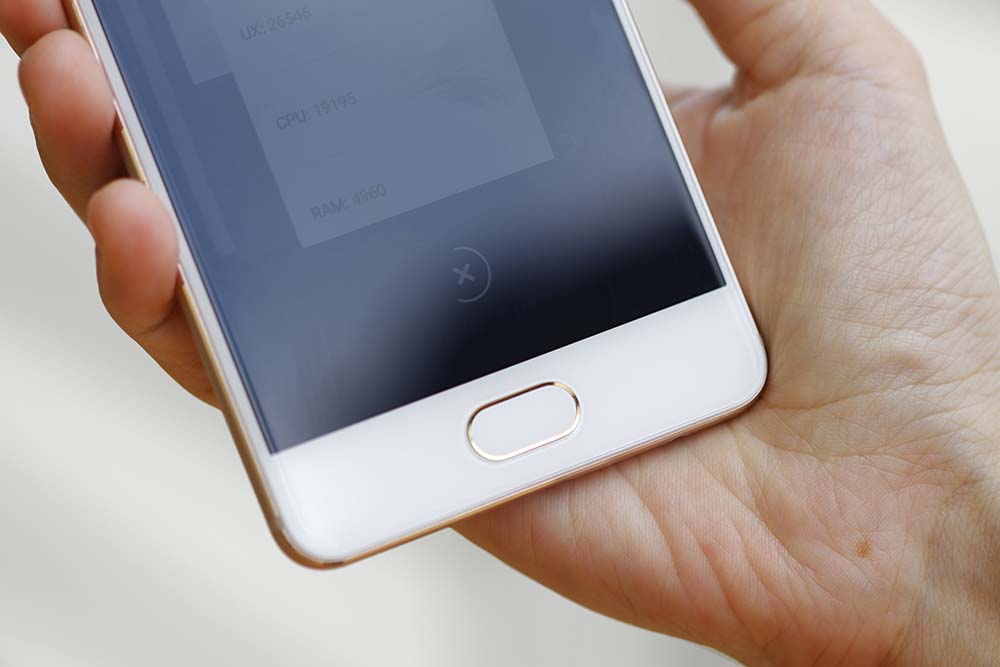
The home button, sitting flush with the body, is clicky and serves as a fingerprint scanner for unlocking the Meizu Pro 7 securely.
The Meizu Pro 7 has yet another unique trait: the absence of navigation keys on the front panel. It introduces another learning curve that some users may not be ready for, but we can happily say that the controls doesn’t feel forced. Some may actually believe this to be a better option, and we wouldn’t blame them for a minute.
A simple tap of the home key takes you back one screen, while pressing down on it brings you to the home screen. Swiping up or swiping from the side of the display — you get to choose one of the two — brings up a carousel of apps that are running in the background for quicker access.
At the bottom, there’s a standard headphone jack as well as a Type-C connector that supports Meizu’s own fast-charging standard. The Pro 7 can reach 100 percent within an hour and a half of charging using the included power adapter.
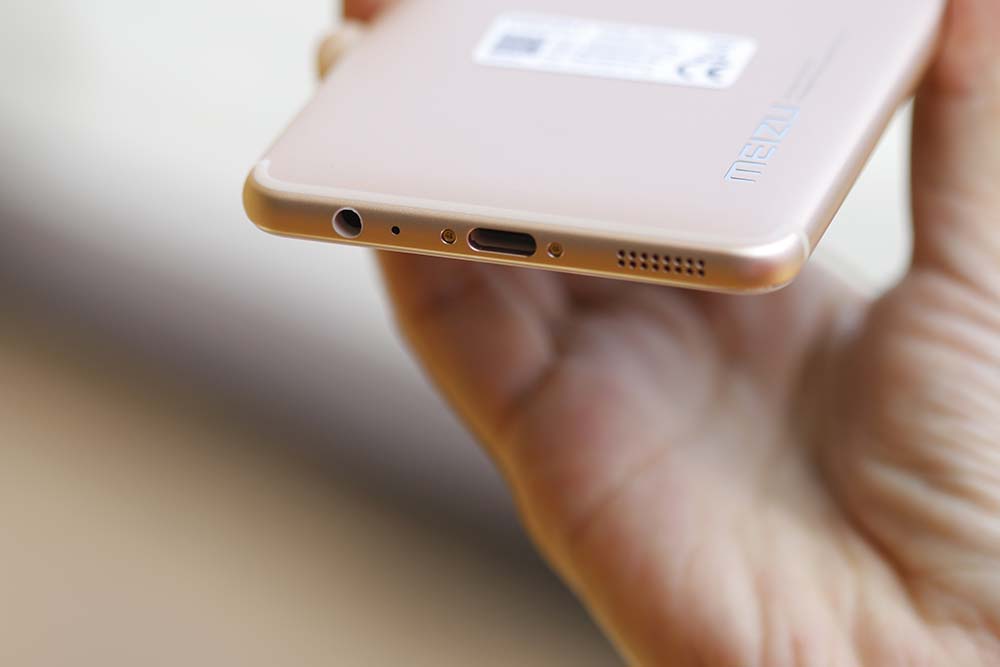
At the bottom of the Pro 7, there’s a standard headphone jack as well as a Type-C connector that supports Meizu’s own fast-charging standard.
An onboard mono speaker is located along the left-hand side. For media consumption, it gets sufficiently loud, and the location allows for viewing content and playing games in landscape orientation without muffling the audio too much.
The Pro 7’s 5.2-inch screen offers a 1080p resolution on a bright and vivid AMOLED panel. It remains legible under bright lights and from awkward angles, but the overall picture quality is not as good as that of higher-end AMOLED models in Samsung’s stable. If nothing else, though, the AMOLED panel requires less power to run and, in practice, eases the load on the battery.
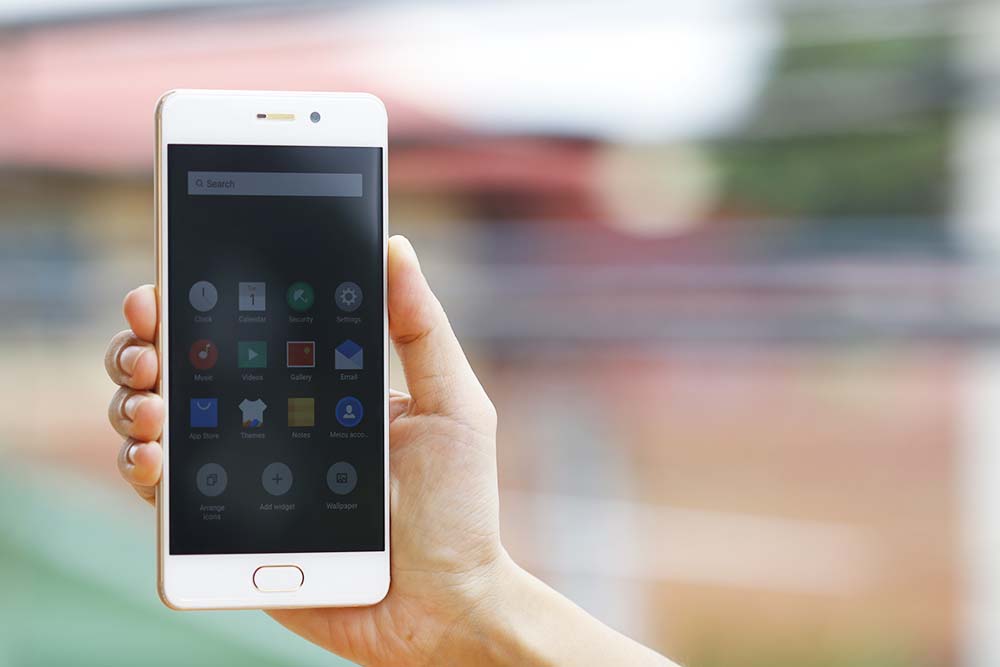
The Meizu Pro 7’s 5.2-inch AMOLED screen remains legible under bright lights and from awkward angles.
Speaking of things that make the battery last longer: the 2-inch AMOLED display peeking from the back of the Meizu Pro 7. It can be jarring to look at, as if the body is missing a chunk of paint, but it’s all kinds of useful — and will only get better with time.
Information, such as the date, time, and weather conditions in your area pop up from behind the glass. It alerts you of notifications and tracks the number of steps you take. It’s also a means of controlling music playback, though it doesn’t seem to support third-party apps like Spotify just yet.
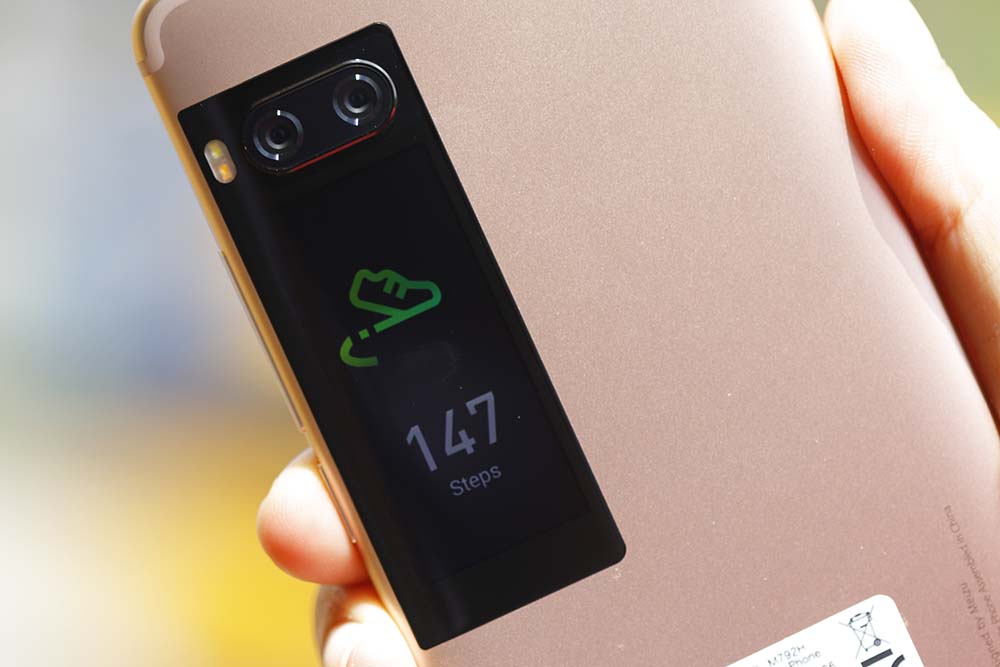
The 2-inch AMOLED display peeking from the back of the Meizu Pro 7 is all kinds of useful — and will only get better with time. Here, it shows the number of steps we have taken at the time we took this photo.
However, what’s most impressive is that you can take a selfie using the main camera module by simply swiping up or down from the edge of the secondary screen, which admittedly renders the front camera pointless to a certain extent. Further, swiping from either side lets you toggle between three shooting modes — Blur, Beauty, and Original (all of which are self-explanatory).

You can take a selfie using the main camera module by simply swiping up or down from the edge of the secondary screen, which admittedly renders the front camera pointless to a certain extent. (This was obviously against the light, heh. Our fault.)
All this, without killing the battery — or so it seems. A future software update will allow you to effortlessly send contextual responses to emails and messages, we’re told. The future is bright at this point.
The two 12-megapixel rear cameras, while certainly nowhere as interesting as the Meizu Pro 7’s pair of screens, deserve mention for the quality of shots in general. The software- and hardware-induced bokeh effect can be a bit overwhelming. You’re able to manipulate the focus after the fact, but there’s no way to adjust the level of background blur, which would have been a nice addition.

Sample resized photo with bokeh effect taken with the Meizu Pro 7

Sample resized selfie with bokeh effect taken with the Meizu Pro 7
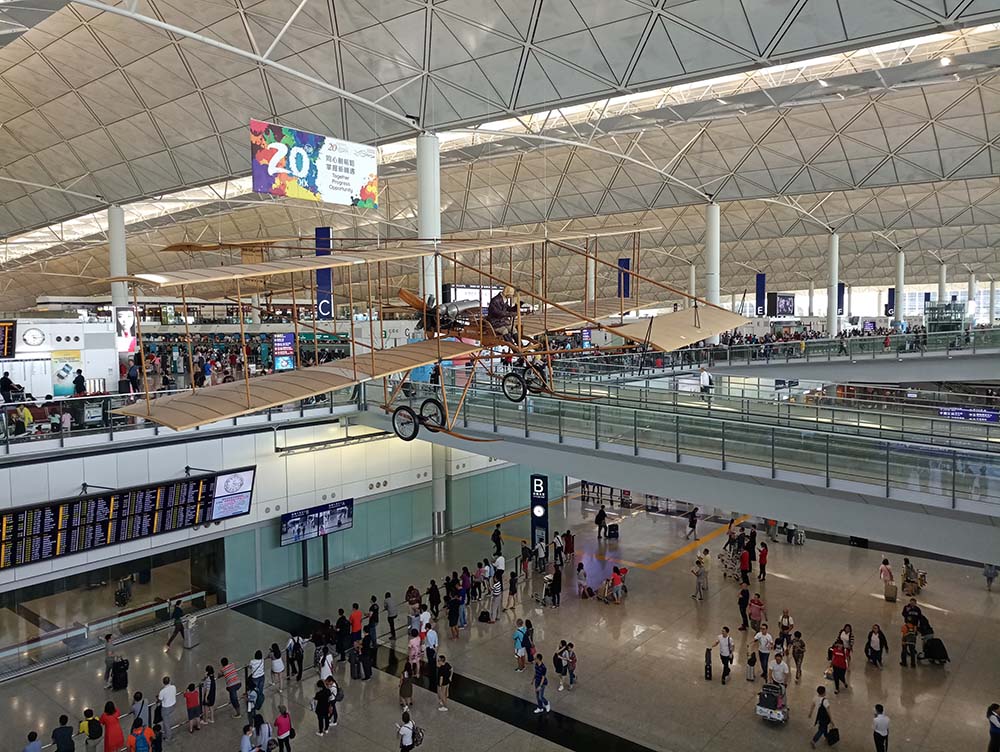
Sample resized daytime photo taken with the Meizu Pro 7
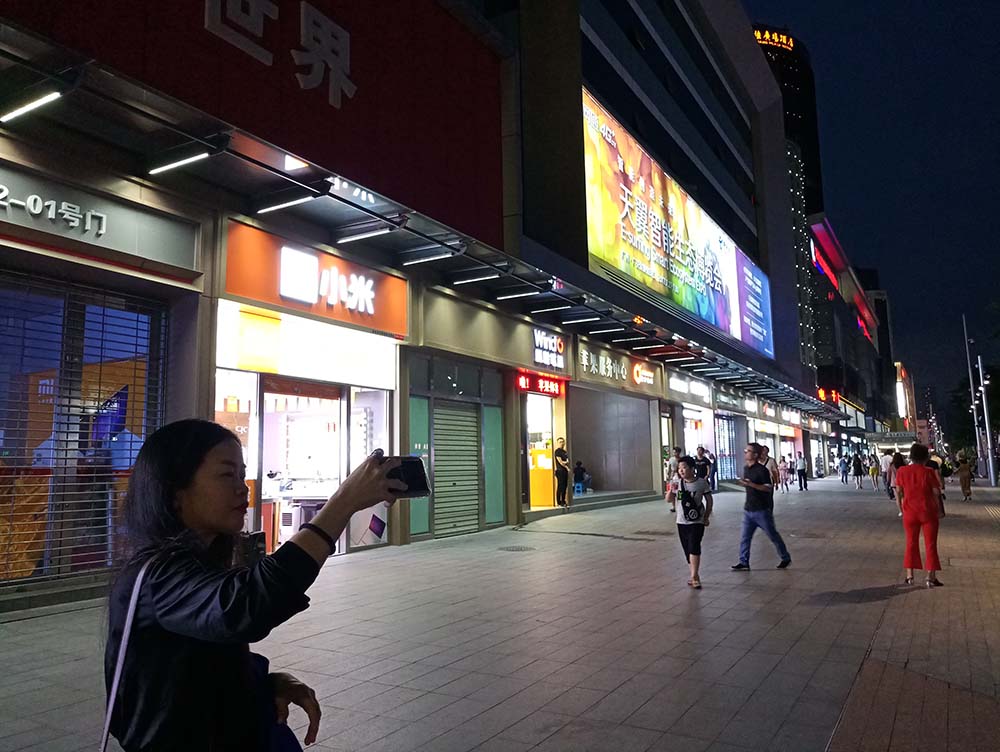
Sample resized nighttime photo taken with the Meizu Pro 7
The front-facing camera is 16 megapixels and doesn’t have flashy gimmicks to fall back on, but performs better than average in every capacity. As good as it is, however, it’s still a fallback option to using the main cameras, with the rear display acting as a viewfinder.
The new MediaTek P25 system-on-a-chip powers our unit, which is a great choice for people looking for an agreeable balance between midrange performance and reliable battery life. There’s also a Pro 7 variant equipped with deca-core (yes, that’s ten cores!) MediaTek Helio X30 chipset aimed at the gaming crowd and power users. The former is likely sufficient for most needs and easier on the wallet, too.
SEE ALSO: How NBA 2K17 for Android is different from the iOS version
The poorly optimized NBA 2K17 app for Android ran just fine at medium detail on our unit, something we couldn’t say for some of its rivals. What’s more, the 4GB of RAM was enough to keep things moving along at a likable pace.
As for battery life, we found the 3,000mAh cell inside the Pro 7 consistently outlasted our day. And while we can point to things like hardware efficiency and Meizu’s software algorithms to explain our observation, the simplest and most agreeable answer would be that we weren’t looking at the main screen as often during the day. Therein lies the genius of that small AMOLED display round the back.
The 3,000mAh battery consistently outlasted our day. Why? The simplest answer would be that we weren’t looking at the main screen as often during the day. Therein lies the genius of that small AMOLED display round the back.
Final thoughts
It’s hard to get excited about smartphones these days, but the Meizu Pro 7 is a worthwhile effort that deserves serious consideration. The additional screen isn’t a gimmick at all; it actually makes sense and doesn’t jar the user. The rest of the device is pretty brilliant — from the user-friendly hardware to the image quality and battery life.
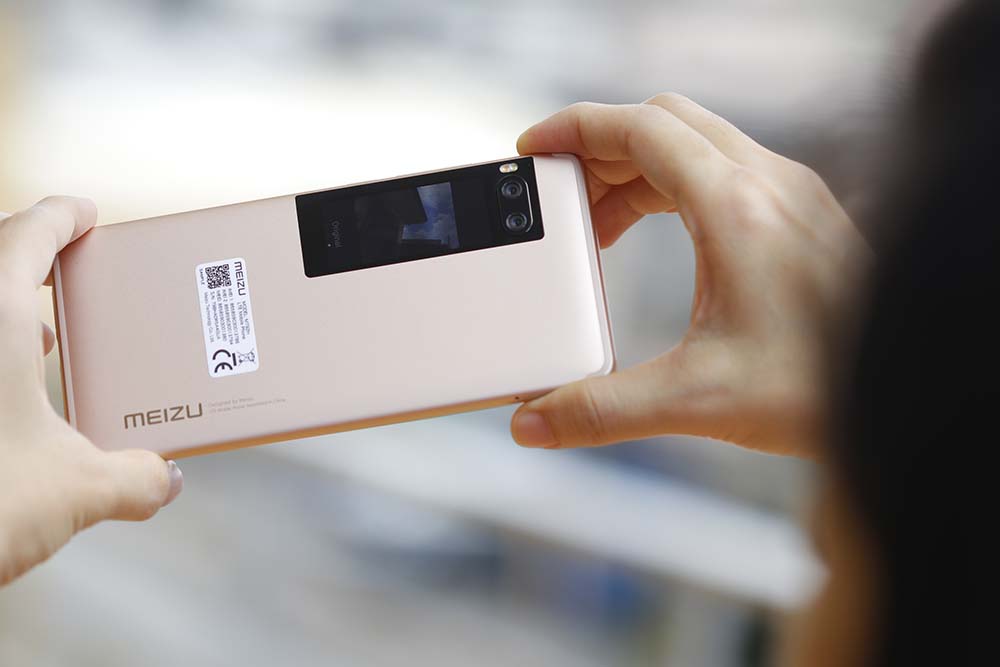
The additional screen on the Meizu Pro 7 isn’t a gimmick at all; it actually makes sense and doesn’t jar the user.
Pricing hasn’t been announced for the Philippine market, but expect the standard Pro 7 to go for the equivalent of about P21,600 or $430. Meizu has previously told us that it wants to sell the Pro 7 locally as early as possible, though plans could be held up for another month.
Share this Post

